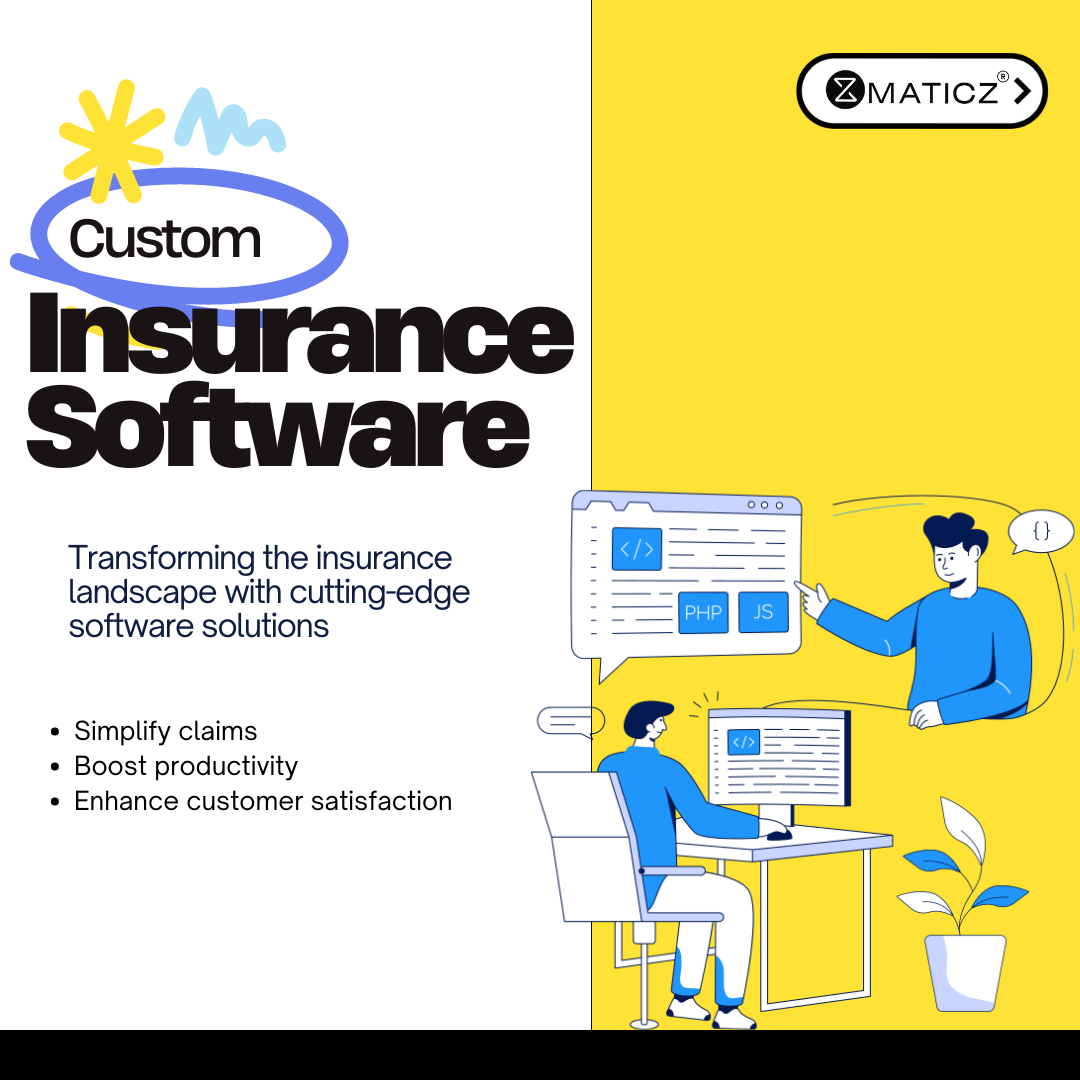Understanding the Costs of Insurance Software

In today’s competitive insurance market, software solutions have become critical tools for insurers to streamline operations, enhance customer service, and drive profitability. However, understanding the costs of developing insurance software can be complex, as it involves multiple factors that influence the final investment. When evaluating insurance software costs, let’s break down the key components and considerations.
1. Core Features and Functionalities
The foundation of any insurance software lies in its features. From policy management, claims processing, and underwriting automation to customer portals and data analytics dashboards, the required functionalities will significantly impact costs. A simple solution with basic features is more cost-effective than a robust platform offering advanced capabilities, such as AI-driven risk assessment or real-time reporting.
2. Customization Requirements
Off-the-shelf insurance software may be less expensive upfront but often lacks the flexibility insurers need to address specific workflows or business models. Custom development allows you to tailor the software to fit your exact needs but comes at a higher cost due to increased development time, expertise, and testing requirements.
3. Integration with Existing Systems
Modern insurance businesses often operate with legacy systems or third-party applications for accounting, CRM, or data storage. Integrating new insurance software with these systems is critical for seamless operations but adds to the overall cost. Compatibility, security, and performance must be considered during the integration phase.
4. User Experience (UX) and Interface Design
The usability of insurance software directly affects productivity and customer satisfaction. Investing in intuitive, user-friendly interface design ensures ease of adoption for both employees and clients. While high-quality UX/UI design requires additional investment, it can lead to long-term benefits like improved efficiency and reduced training costs.
5. Security and Compliance
The insurance industry deals with sensitive customer information, making security a top priority. Compliance with regulations like GDPR, HIPAA, or PCI-DSS adds to development costs. Building secure systems with encryption, data protection measures, and role-based access control can be expensive but is essential for protecting customer trust and avoiding costly breaches.
6. Maintenance and Support
The cost of insurance software doesn’t end after its initial deployment. Ongoing maintenance, updates, and customer support are critical to ensure the software remains efficient and up-to-date. These recurring expenses can account for a significant portion of the total cost of ownership.
7. Development Team Expertise
The cost of insurance software development also depends on the experience and location of your development team. Hiring an expert team with deep domain knowledge and technical skills may cost more initially but it ensures a reliable and high-quality product.
Conclusion
While the costs of insurance software can vary widely depending on features, customization, integrations, and compliance needs, investing in a tailored solution can offer long-term benefits for insurers. Even established firms are partnering with an insurance software development company to modernize legacy systems and unlock new growth opportunities. A thoughtful approach to insurance software development can transform operations, enhance customer experiences, and ultimately drive sustainable growth through effective insurance software solutions.
- Questions and Answers
- Opinion
- Motivational and Inspiring Story
- Technology
- Live and Let live
- Focus
- Geopolitics
- Military-Arms/Equipment
- Segurança
- Economy
- Beasts of Nations
- Machine Tools-The “Mother Industry”
- Art
- Causes
- Crafts
- Dance
- Drinks
- Film/Movie
- Fitness
- Food
- Jogos
- Gardening
- Health
- Início
- Literature
- Music
- Networking
- Outro
- Party
- Religion
- Shopping
- Sports
- Theater
- Health and Wellness
- News
- Culture

